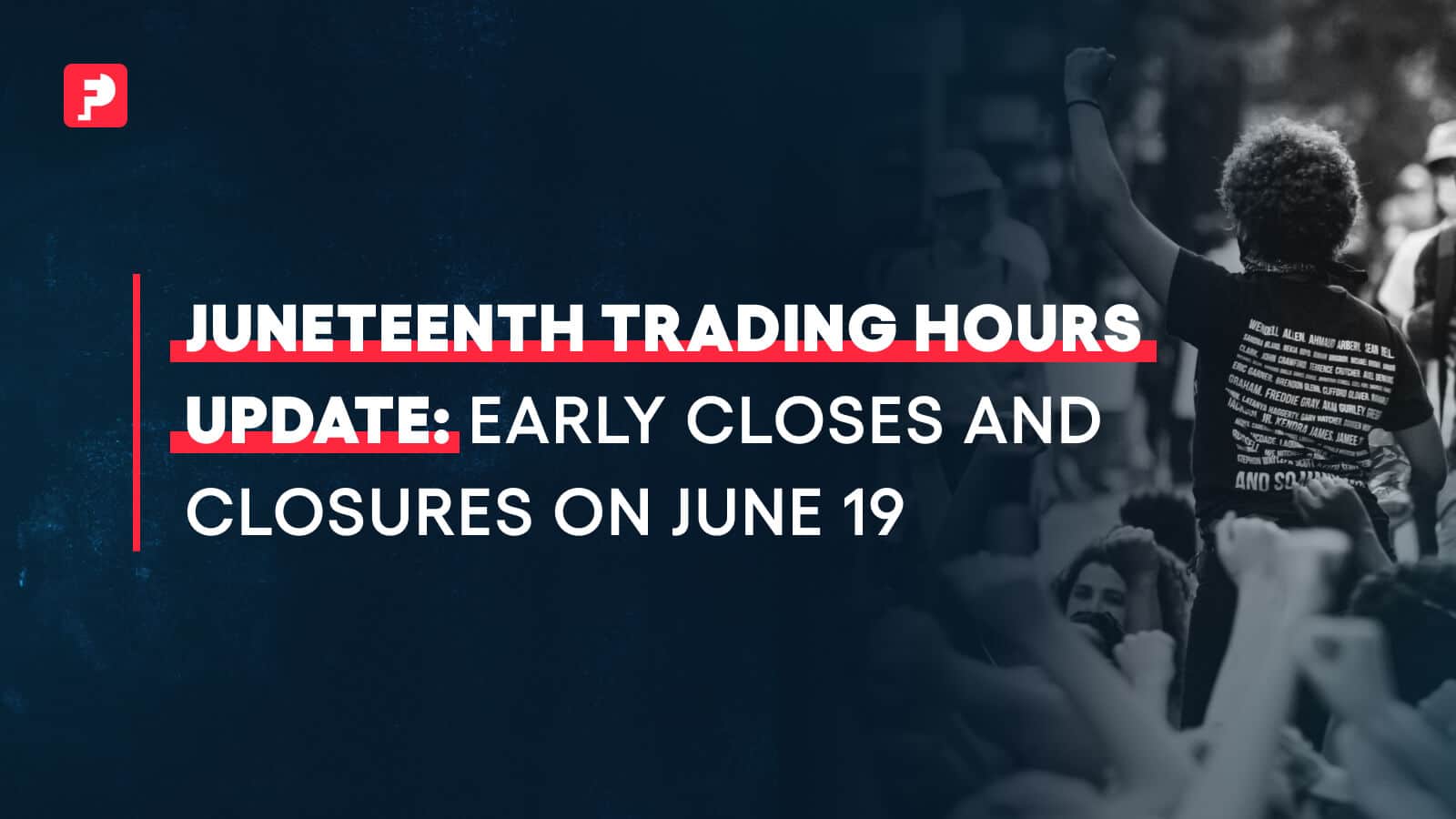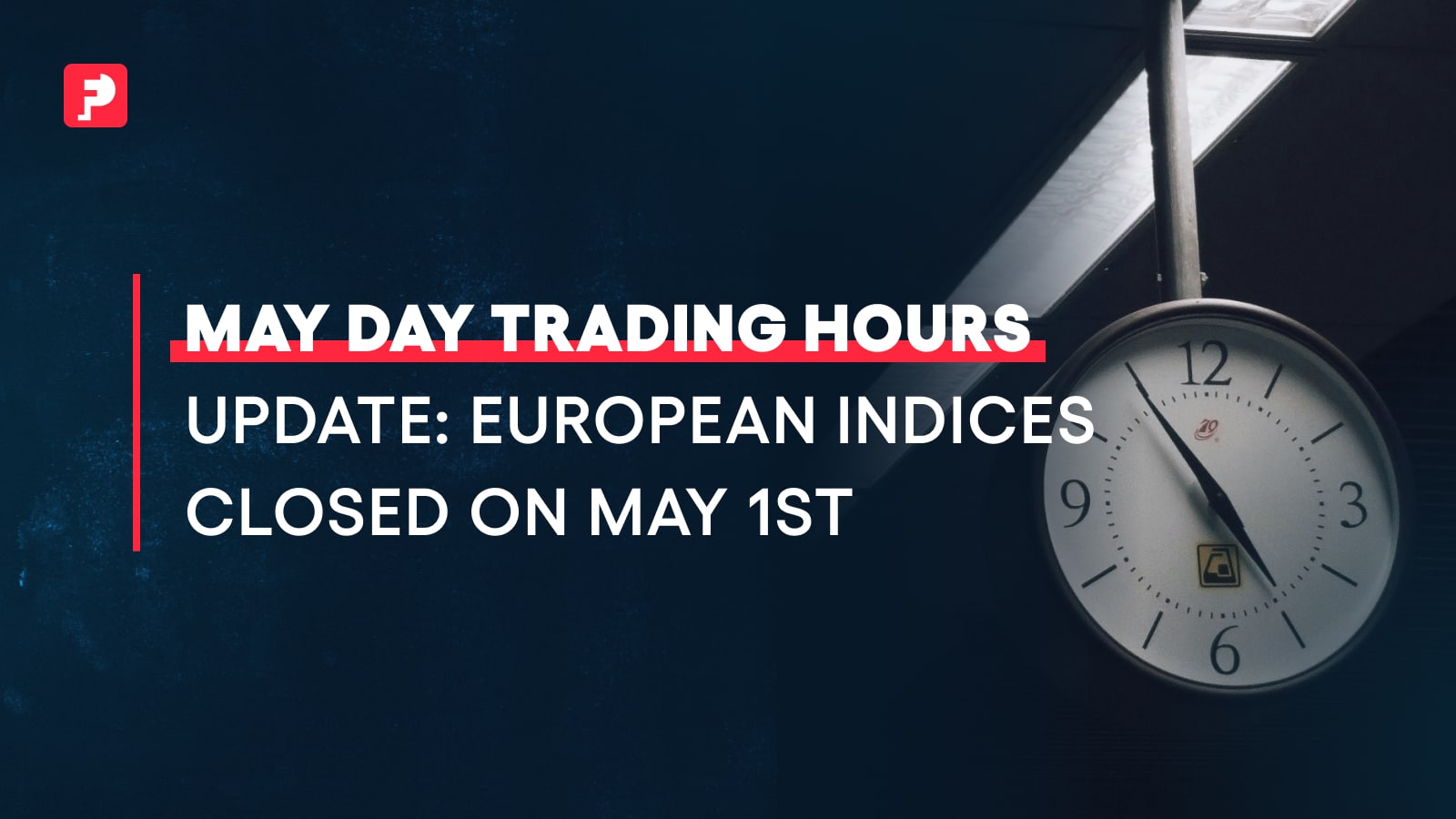
Dow Jones Ekes Out Gain on Salesforce Earnings, Nears Fresh 2023 High
Key Takeaways
- The Dow Jones nudged higher by better-than-expected Salesforce earnings report
- Beige Book report shows weaker economic activity and easing labor demand
Take Stock
The Dow Jones Industrial Average (DJIA) just about scraped past Wednesday’s closing bell with a small but mighty 0.03% gain. Although the blue-chip stock index was only a whisper away from closing in the red, it has pioneered an impressive November, logging a 7.2% advance and on pace for its strongest month since October 2022.
That said, the Dow Jones isn’t the only major index basking in November’s glory. The month-long rally has pushed the broad-based S&P 500 up a remarkable 8.5%, while the tech-heavy Nasdaq soaks up an 11% surge. The gains mark the largest monthly advance for the key benchmarks since July 2022.
In the same breath, the 30-stock DJIA was boosted by better-than-expected third-quarter earnings data from cloud-based software giant Salesforce. Shares of Salesforce soared 7% in extended trading after the firm posted diluted earnings per share (EPS) of $1.25, alongside net income of $1.22 billion. Revenue increased by 11.2% year-on-year to $8.72 billion.
As we have witnessed in previous earnings reports, investors are more and more interested in companies taking the AI path. Throughout early 2023, Salesforce let go about 10% of its personnel in an effort to recalibrate, announcing plans to hire more than 3,000 staff for a more AI-focused workforce. In turn, shares boomed, rising about 52% last year alone.
Further, the 10-year Treasury yield slid to 4.27% during Wednesday’s session. The yield was dragged lower by investors’ bets that the Federal Reserve is done raising its key interest rate, and may even cut it from the current 22-year high of 5.25% – 5.50%. According to the CME FedWatch tool, less than 5% of polled participants are expecting a rate hike at the Fed’s next gathering, booked for Dec. 12 – Dec 13.
Rounding Off
The Fed’s Beige Book report was released yesterday, which provides a general summary of the overall economic outlook based on the 12 US banking districts. According to the print, economic activity has “slowed”, while travel and tourism remain “healthy”. Labor demand eased as most districts reported “flat to modest” activity in overall employment. Serving as a key indicator of the general health of the economy, the accumulated qualitative data serves as an important tool in the Fed’s policymaking activities.
While the recently released data may seem optimistic, comments from FOMC members dampen hopes of any rate cuts. Federal Governor Chris Waller spoke in Washington on Tuesday, claiming that although he is “encouraged” by the incoming fourth-quarter data, inflation is still “too high” and it’s still “too early” to say whether the slowing in the economy will be sustained. The sentiment echoes Fed Chair Jay Powell’s earlier statements where he remained cautious of any “head fakes” brought along by a seemingly cooler economy.
On top of all this, investors are looking forward to the personal consumption expenditure (PCE) report, set for release today at 8:30 a.m. ET. Both headline and Core PCE (which excludes food and energy) are eagerly anticipated by market participants. Standing as the Fed’s preferred inflation gauge, economists will be closely monitoring the release for interest rate clues.
Mixing up the Fed’s comments, the Beige Book data, and the upcoming PCE report, investors seem to be leaning toward a more optimistic market sentiment. It would be wise to keep a close eye on the inflation data, as any surprise is likely to cause some whiplash in markets. Although stocks have so far enjoyed something of an Indian summer, it is still – and will always be – vital that traders lean into the flow of the dynamic financial markets.



